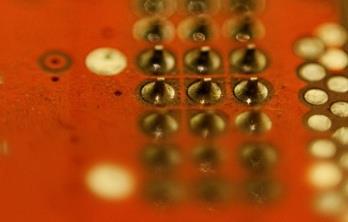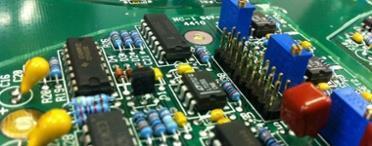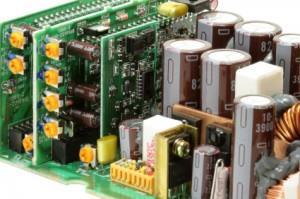Min.Order : 1 Pieces Quick Quotation >
Conpany Profile
Product Details
Dip soldering is a small-scale soldering process by which electronic components are soldered to a printed circuit board (PCB) to form an electronic assembly. The solder wets to the exposed metallic areas of the board (those not protected with solder mask), creating a reliable mechanical and electrical connection.

Dip soldering is used for both through-hole printed circuit assemblies, and surface mount. It is one of the cheapest methods to solder and is extensively used in the small scale industries of developing countries .

Dip soldering is the manual equivalent of automated wave soldering. The apparatus required is just a small tank containing molten solder. PCB with mounted components is dipped manually into the tank when the molten solder sticks to the exposed metallic areas of the board.
Wells(Sofei) 2017-05-08 17:38:04
Dip soldering is accomplished by submerging parts to be joined into a molten solder bath. Thus, all components surfaces are coated with filler metal. Solders have low surface tension and high wetting capability. There are many types of solders, each used for different applications. Such as Lead-Silver for strength at higher than room temperature. Tin-Lead is used for General Purpose; Tin-Zinc is used for Aluminum; Cadmium-Silver is used for strength at high temperatures; Zinc-Aluminum is used for Aluminum and corrosion resistance; Tin-Silver and Tin-Bismuth is used for Electronics. Because of the toxicity of lead, lead-free solders are being developed and more widely used. The molten bath can be any suitable filler metal, but the selection is usually confined to the lower melting point elements. The most common dip soldering operations use zinc-aluminum and tin-lead solders.

Solder pot metal - Cast iron or steel,electrically heated.
Bath temperature - 220 deg. Celsius to 260 deg.Celsius (for binary tin-lead alloys)
Bath temperature - 350 deg.Celsius to 400 deg. Celsius (for lead-rich alloys)
Solder composition - 60% Sn(tin),40% Pb(lead) or eutectic alloy.
Recommend Product